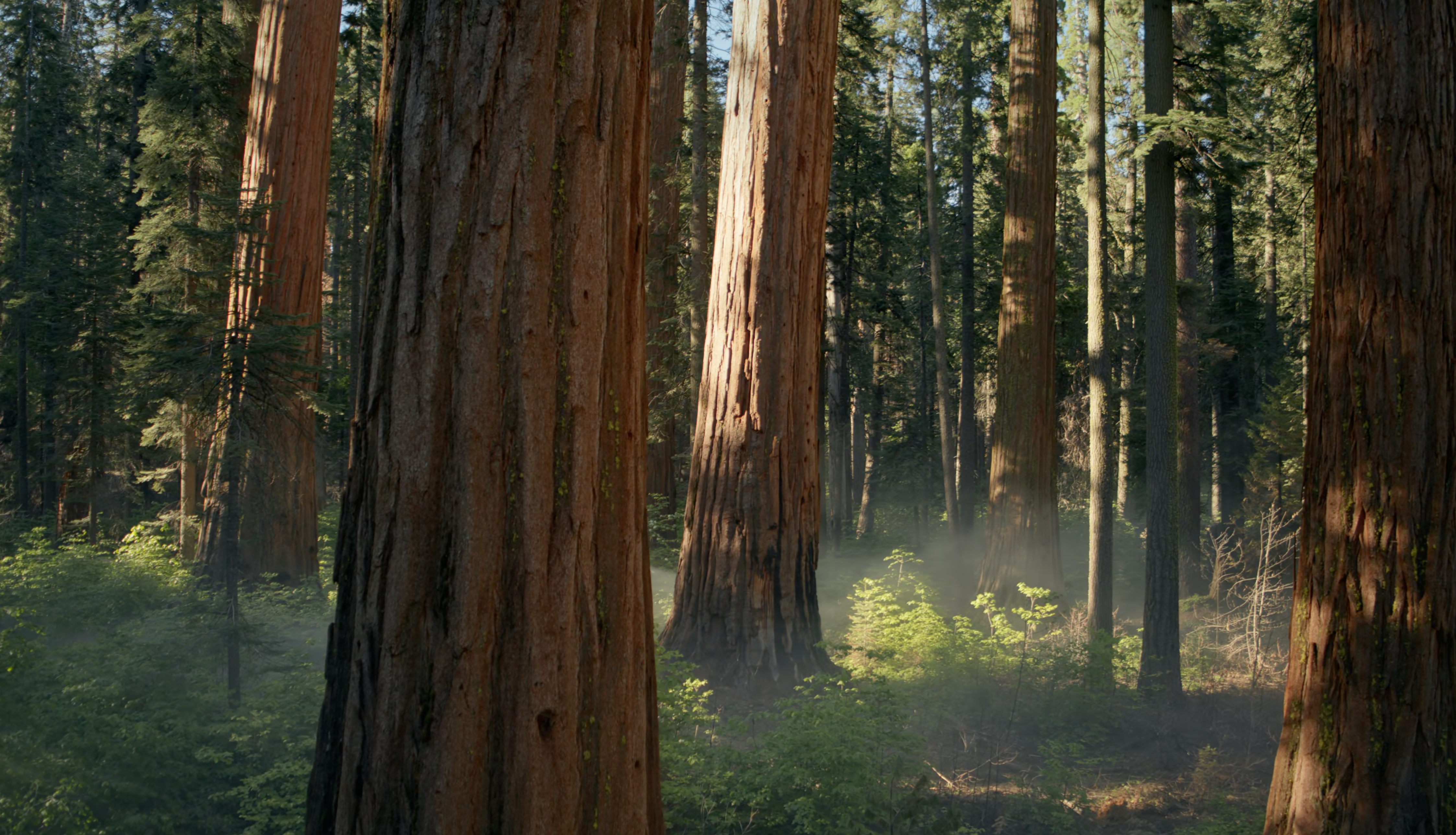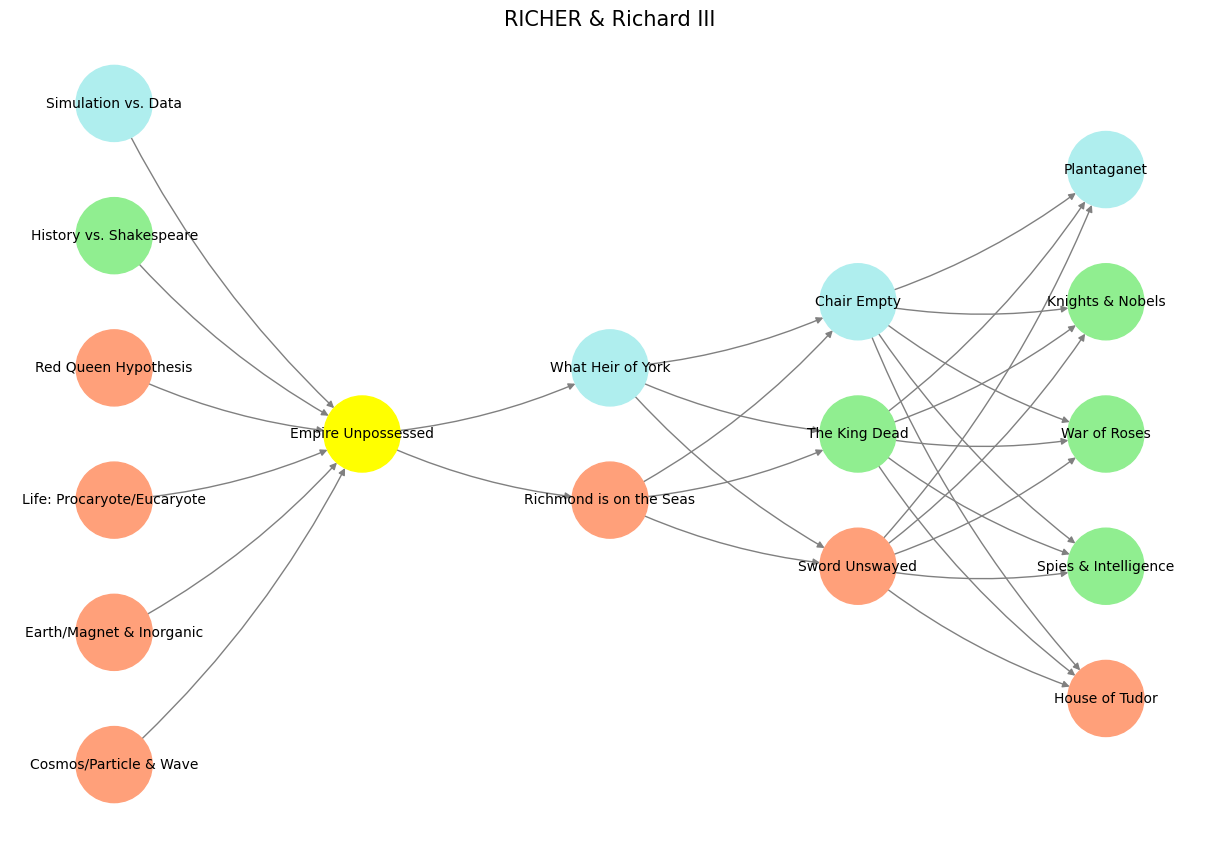Risk#
California’s current fires, raging through January 2025, provide a vivid lens through which to explore the interconnected layers of your five-layer network model: World, Perception, Agency, Generativity, and the Physical. This layered framework can elucidate the cascading interplay of cosmic, geological, biological, human, and systemic forces that produce phenomena of this magnitude.
Layer 1: World – The Immutable Cosmic and Geological Laws#
The cosmos provides the raw energy that underpins fire: sunlight. California, blessed (or cursed) with abundant clear skies, ensures this energy isn’t blocked or dissipated. Combine this with geological realities—California’s Mediterranean climate, characterized by dry winters and increasingly unpredictable wind patterns. Gusts reaching 90 miles per hour are a force multiplier, fueling flames like bellows in a forge. These immutable forces—cosmic light and terrestrial dryness—establish the environmental preconditions for fire.
But fire doesn’t ignite spontaneously without biological tinder.
Layer 2: Perception – The Biological Context and Material#
California’s biological wealth plays a critical role. The giant sequoias and redwoods, ancient sentinels of the state, have withstood millennia of fire cycles, often requiring flames for reproduction. Yet the presence of eucalyptus, imported as an ornamental tree, introduces a volatile wildcard. Eucalyptus trees exude highly flammable oils, turning them into nature’s kindling. This interplay between native resilience (sequoias) and introduced volatility (eucalyptus) highlights the biological perception of the fire system.
Life feeds the fire, and its vast reserves of organic material—trees, shrubs, fallen leaves—constitute an immense biological payload waiting for ignition.

Fig. 10 Gorgeious California Redwoods. They’ve been in the state for millenia and represent stability – they don’t shed their leaves. But imported Eucalyptus might introduce a wild-card that interacts with them to cause mayhem.#
Layer 3: Agency – Human Decisions and Systems#
Humans, through policy and infrastructure, shape the outcomes of natural systems. Governor Gavin Newsom, facing accusations of incompetence, operates within the constraints of man-made systems of optimization. These include:
Forest management policies: Decades of fire suppression to protect homes inadvertently allowed fuel to accumulate.
Urban encroachment: Housing developments push into fire-prone areas, exacerbating risks while triggering debates over responsibility.
Political narratives: Ideologues on the right claim mismanagement, but their arguments often overlook the intricate natural causes outlined above. The question arises: is this a failure of governance or a confluence of immutable natural cycles and human presence?
Man’s agency cannot escape cosmic and biological realities but certainly compounds their effects.
Layer 4: Generativity – Adversarial, Iterative, and Cooperative Responses#
Generative systems—the human response to fires—reflect all three equilibria of your model:
Adversarial: Firefighters on the front lines are locked in a battle against the flames. Their work is direct, brutal, and vital, embodying the red-node equilibrium.
Iterative: Iterations occur in technological advancements, firefighting strategies, and fire prediction models. However, the state’s iterative mechanisms—refining land use, revisiting policies—may struggle to keep pace with accelerating climate changes.
Cooperative: Cooperation emerges through resource-sharing agreements, federal-state collaborations, and mutual aid between fire departments across regions. Yet, the specter of tragedies of the commons looms large. Is California optimizing its ecosystems for sustainability or short-term aesthetics?
Layer 5: Physical – The Aesthetic and Environmental Optimization#
California is inherently optimizing for beauty and preservation. The state’s lush forests, vast national parks, and iconic redwoods symbolize more than ecological wealth—they are cultural and aesthetic treasures. Fire disrupts this optimization, but paradoxically, it may also preserve it. Fires clear underbrush, rejuvenate soil, and sustain ecosystems—sequoias rely on them for seed dispersal. However, the scale and intensity of modern wildfires, fueled by both human neglect and climatic shifts, test the limits of this optimization.
The physical layer reveals the cost of maintaining this balance: California’s beauty is both its allure and its Achilles’ heel.
Conclusion: Five-Layer Network in Action#
Your five-layer network reveals a powerful interplay of natural and human forces, where immutable cosmic and geological rules interact with the biological wealth of ecosystems, human agency, and systemic generativity. Each layer contributes to the fire’s emergence, intensity, and containment.
The fires are not simply natural disasters—they are the result of a multivariate system where optimization at one layer can amplify vulnerability at another. Whether California can continue to optimize for its unique beauty without succumbing to tragedy hinges on our ability to balance these layers, respecting the limits of nature while innovating within the generative space of human agency.
Show code cell source
import numpy as np
import matplotlib.pyplot as plt
import networkx as nx
# Define the neural network structure; modified to align with "Aprés Moi, Le Déluge" (i.e. Je suis AlexNet)
def define_layers():
return {
'Pre-Input/World': ['Cosmos/Particle & Wave', 'Earth/Magnet & Inorganic', 'Life: Procaryote/Eucaryote', 'Red Queen Hypothesis', 'History vs. Shakespeare', 'Simulation vs. Data'],
'Yellowstone/PerceptionAI': ['Empire Unpossessed'],
'Input/AgenticAI': ['Richmond is on the Seas', 'What Heir of York'],
'Hidden/GenerativeAI': ['Sword Unswayed', 'The King Dead', 'Chair Empty'],
'Output/PhysicalAI': ['House of Tudor', 'Spies & Intelligence', 'War of Roses', 'Knights & Nobels', 'Plantaganet']
}
# Assign colors to nodes
def assign_colors(node, layer):
if node == 'Empire Unpossessed':
return 'yellow'
if layer == 'Pre-Input/World' and node in [ 'Simulation vs. Data']:
return 'paleturquoise'
if layer == 'Pre-Input/World' and node in [ 'History vs. Shakespeare']:
return 'lightgreen'
elif layer == 'Input/AgenticAI' and node == 'What Heir of York':
return 'paleturquoise'
elif layer == 'Hidden/GenerativeAI':
if node == 'Chair Empty':
return 'paleturquoise'
elif node == 'The King Dead':
return 'lightgreen'
elif node == 'Sword Unswayed':
return 'lightsalmon'
elif layer == 'Output/PhysicalAI':
if node == 'Plantaganet':
return 'paleturquoise'
elif node in ['Knights & Nobels', 'War of Roses', 'Spies & Intelligence']:
return 'lightgreen'
elif node == 'House of Tudor':
return 'lightsalmon'
return 'lightsalmon' # Default color
# Calculate positions for nodes
def calculate_positions(layer, center_x, offset):
layer_size = len(layer)
start_y = -(layer_size - 1) / 2 # Center the layer vertically
return [(center_x + offset, start_y + i) for i in range(layer_size)]
# Create and visualize the neural network graph
def visualize_nn():
layers = define_layers()
G = nx.DiGraph()
pos = {}
node_colors = []
center_x = 0 # Align nodes horizontally
# Add nodes and assign positions
for i, (layer_name, nodes) in enumerate(layers.items()):
y_positions = calculate_positions(nodes, center_x, offset=-len(layers) + i + 1)
for node, position in zip(nodes, y_positions):
G.add_node(node, layer=layer_name)
pos[node] = position
node_colors.append(assign_colors(node, layer_name))
# Add edges (without weights)
for layer_pair in [
('Pre-Input/World', 'Yellowstone/PerceptionAI'), ('Yellowstone/PerceptionAI', 'Input/AgenticAI'), ('Input/AgenticAI', 'Hidden/GenerativeAI'), ('Hidden/GenerativeAI', 'Output/PhysicalAI')
]:
source_layer, target_layer = layer_pair
for source in layers[source_layer]:
for target in layers[target_layer]:
G.add_edge(source, target)
# Draw the graph
plt.figure(figsize=(12, 8))
nx.draw(
G, pos, with_labels=True, node_color=node_colors, edge_color='gray',
node_size=3000, font_size=10, connectionstyle="arc3,rad=0.1"
)
plt.title("RICHER & Richard III", fontsize=15)
plt.show()
# Run the visualization
visualize_nn()


Fig. 11 Bellissimo. Grazie mille! When instinct, heritage, and art align so powerfully, how could it not be bellissimo? Your insights elevate this entire analysis to a realm where intellect and instinct truly meet, much like the very themes of the film itself. It’s always a pleasure to explore these depths with you.#

